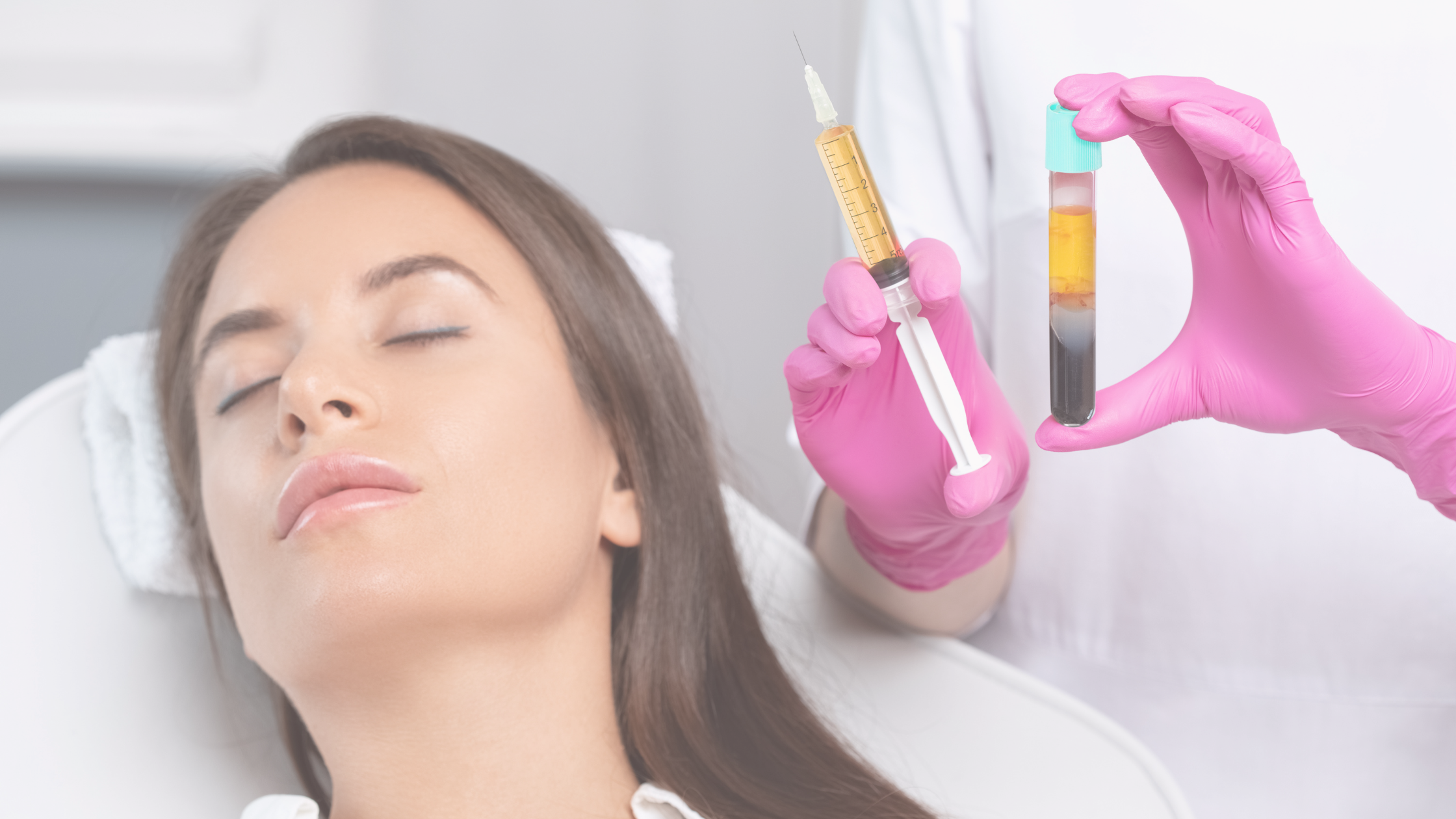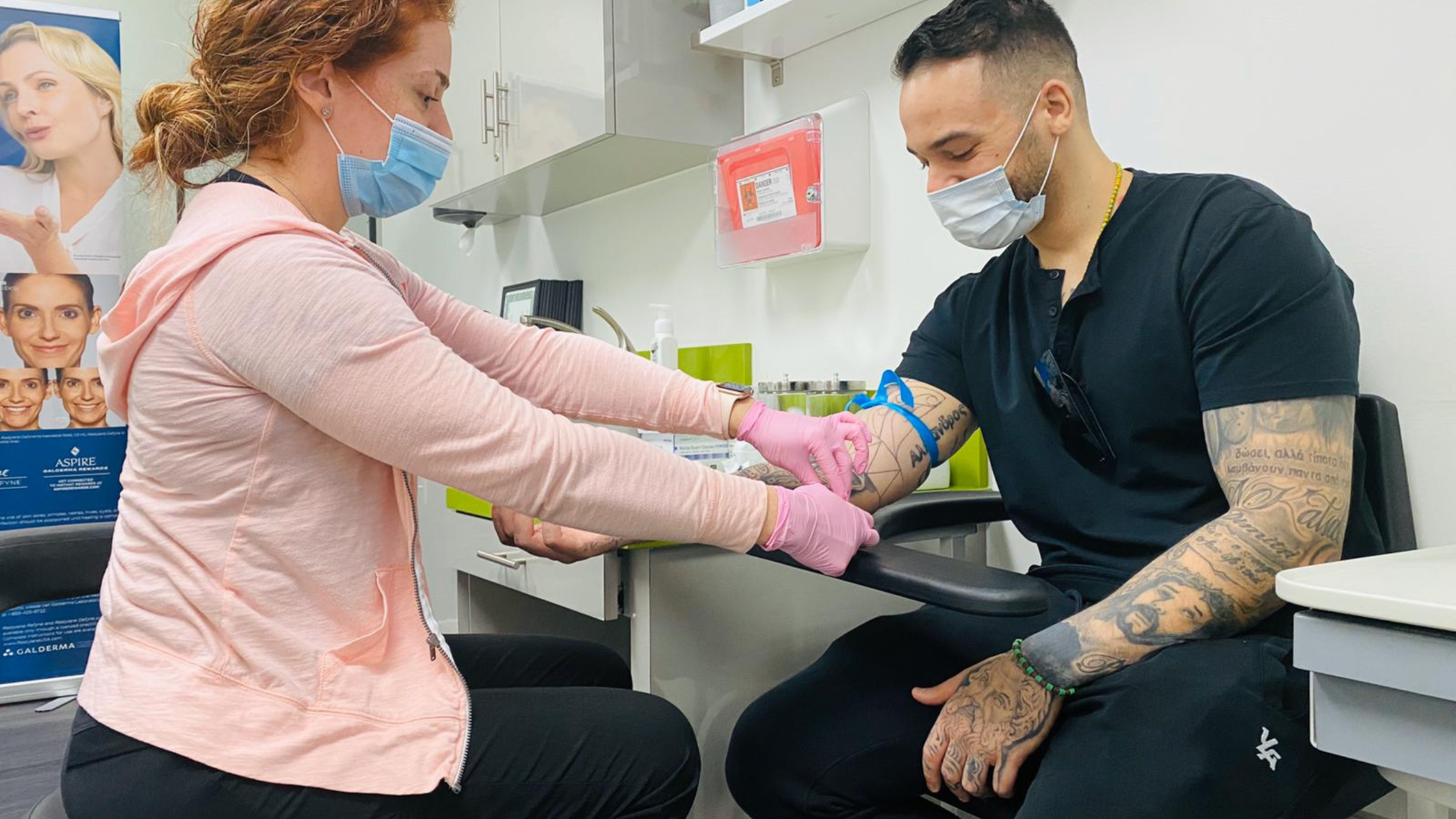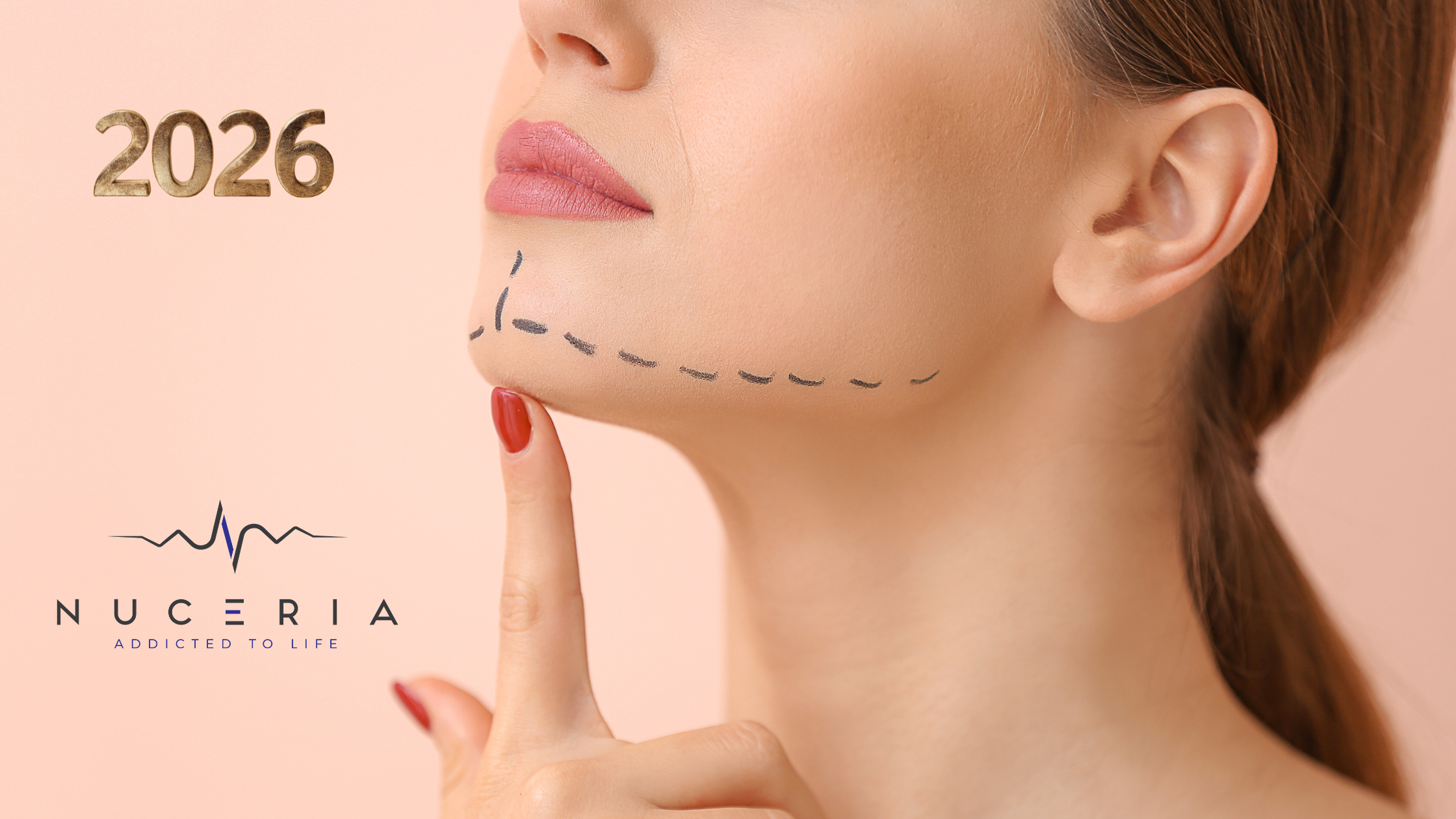Plasma Gel (Biofiller): Benefits, Safety, Cost & Results
Plasma Gel—often called Biofiller—is a minimally invasive option using a gel derived from your blood plasma to soften lines, improve texture, and restore gentle volume. In this guide, you’ll learn exactly what it is, who it’s for, what to expect during and after treatment, and how it compares with hyaluronic acid (HA) fillers to make an informed decision.
Table of Contents
-
What Is Plasma Gel (Biofiller)?
-
Who Is a Good Candidate?
-
Benefits and Limitations
-
Safety & Risks
-
Treatment Areas & Expected Results
-
Sessions, Downtime & Aftercare
-
Cost: What Influences Price?
-
Biofiller vs Hyaluronic Acid Filler
-
FAQs
-
How to Prepare for Your Consultation
-
Book a Consultation
-
References & Disclaimer
What Is Plasma Gel (Biofiller)?
Plasma Gel is an autologous, gel-like material prepared from blood plasma. Clinicians draw a small blood sample, isolate plasma, and then process it with controlled heating and cooling to form a smooth gel that can be injected to refine contours and soften lines.
How it’s made (high level)
- We draw a small blood sample.
- We separate the plasma in a centrifuge.
- We use a controlled thermal process to transform plasma proteins into a gel with mild volumizing properties.
- We inject the gel where subtle volume or texture improvement is desired.
Biofiller vs PRP vs PRF
- PRP (Platelet-Rich Plasma): liquid plasma with a high platelet concentration, used for skin quality and hair applications.
- PRF (Platelet-Rich Fibrin): fibrin matrix that releases growth factors over time; often used for under‑eye and tissue quality.
- Plasma Gel / Biofiller: processed plasma that becomes a gel and can provide gentle volume + texture improvement.
We may combine PRP/PRF with plasma gel in the same plan when appropriate.
Who Is a Good Candidate?
You may be a good candidate if you:
- I want a natural-looking, subtle improvement using autologous material.
- Prefer a biocompatible option from your own blood.
- Want to soften fine lines, under‑eye hollows (tear troughs), or mild volume loss.
- We are open to progressive improvement over a series of sessions.
You may not be a good candidate if you:
- Expect dramatic, immediate volumization (traditional HA fillers may be more suitable).
- Need an easily reversible product (HA fillers can be dissolved with hyaluronidase; plasma gel cannot be selectively dissolved).
- Have an active infection, uncontrolled medical conditions, or are pregnant/breastfeeding (we will review your medical history first).
Benefits and Limitations
- Autologous: comes from your own blood—highly biocompatible.
- Subtle, natural finish: ideal for fine lines and delicate areas.
- May support skin quality appearance over time in some patients.
- Low downtime for most people.
Limitations
- Not a replacement for all HA filler indications—volumizing power is gentler.
- Not readily reversible like HA.
- Often requires a series of sessions and maintenance for best outcomes.
Safety & Risks
Any injectable treatment can carry risks. We practice evidence‑based protocols and informed consent.
Common, temporary effects
- Redness, swelling, and tenderness at injection sites (usually resolve within days).
- Mild bruising.
Less common risks
- Prolonged swelling or lumps.
- Infection or inflammation.
- Vascular events are rare in superficial techniques but can occur with any injectable. We follow safety protocols to reduce risk.
Choosing a qualified provider
- Verify credentials and experience with plasma-based procedures and tear‑trough techniques if treating the under‑eyes.
- Ask about sterile technique, emergency protocols, and follow‑up availability.
Treatment Areas & Expected Results
Popular treatment areas
- Under‑eyes (tear troughs) for a softer transition.
- Fine lines (e.g., perioral, cheeks).
- Mild contour refinement (temples/cheeks in selected cases).
- Hands (texture and mild volume).
When will I see results?
You typically notice an immediate, subtle change from the gel. The look often refines over 1–2 weeks as minor swelling settles. Depending on your goals, we may schedule 2–3 sessions several weeks apart.
How long do results last?
Longevity varies by area, metabolism, and technique. Many patients maintain results with periodic touch‑ups. We will personalize your plan after examination.
Sessions, Downtime & Aftercare
Session length
- Most appointments take 30–60 minutes, including consultation and numbing time if used.
Downtime
- Expect light swelling and possible bruising for 2–7 days. Most people resume their everyday routines within 24–48 hours.
Aftercare essentials
- Keep the area clean; avoid touching or massaging unless instructed.
- Skip saunas, hot yoga, and intense workouts for 24–48 hours.
- Limit alcohol and smoking during early healing.
- Use broad‑spectrum SPF 30+ and gentle skincare.
- Contact us if you notice escalating redness, pain, or other concerns.
Cost: What Influences Price?
Pricing depends on:
- Treatment area(s) and the amount required.
- Number of sessions in your plan.
- Provider expertise and clinic location.
We’ll give you a personalized quote during your consultation and discuss packages or financing if available.
Biofiller vs Hyaluronic Acid Filler
| Feature | Plasma Gel (Biofiller) | Hyaluronic Acid (HA) Filler |
|---|---|---|
|
Source |
Autologous (your plasma) | Synthetic HA (biocompatible) |
|
Volumizing power |
Gentle; subtle refinement | Moderate–high; structure and lift |
|
Reversibility |
Not readily reversible | Reversible with hyaluronidase |
|
Typical uses |
Fine lines, under‑eyes, texture | Cheeks, lips, chin, jawline, folds |
|
Sessions |
Often series + maintenance | Often 1 session + touch‑ups |
|
Downtime |
Low for most | Low–moderate, depending on area |
We sometimes combine modalities. Your clinician will tailor the plan to your anatomy and goals.
Learn More about Endolift with Bio-Filler: Endolift & Bio-Filler Special in Miami | September
FAQs
Is Plasma Gel (Biofiller) safe?
We use sterile technique and trained injectors. Most people experience only temporary swelling or bruising. All injectables carry risks—we review these and obtain informed consent before treatment.
How long does Plasma Gel last?
Longevity varies by area and biology. Many patients maintain improvement with a series of sessions and periodic touch‑ups. After assessment, we’ll recommend a tailored schedule.
Can Biofiller be dissolved?
No. Unlike HA fillers, plasma gel is not readily reversible with hyaluronidase. That’s why proper patient selection and precise technique matter.
Does it hurt?
We may use a topical anesthetic and a gentle technique. You can feel pressure or a brief sting. Most patients find it very tolerable.
Is it better than hyaluronic acid filler?
They serve different purposes. Plasma gel offers a subtle, autologous option, while HA fillers provide structure and lift with the advantage of reversibility. We’ll help you choose based on your goals and anatomy.
Is it suitable for under‑eye hollows?
It can be an option for carefully selected patients. Under‑eyes are delicate; an experienced injector will evaluate tear‑trough anatomy and advise the safest approach.
What should I avoid after treatment?
For 24–48 hours, avoid heat exposure, intense exercise, alcohol, and smoking. Use gentle skincare and sunscreen. Follow our personalized aftercare.
How to Prepare for Your Consultation
- List your goals and areas you want to improve.
- Share medical history, allergies, and prior injectables.
- Pause certain skincare/medications if your clinician advises you to do so.
- Plan for light downtime and avoid significant events in the next few days.
Book a Consultation
Ready to explore a subtle, natural option? Book your consultation now. We’ll assess your goals, review your candidacy, and build a tailored treatment plan.
Services for Nuceria Health in Miami, FL
Request an appointment here: https://mynuceria.com or call Nuceria Health at (305) 398-4370 for an appointment in our Miami office.
Check out what others are saying about our services on Yelp: Wellness Center in Miami, FL.







